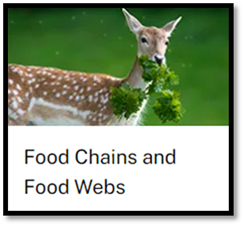Food Chains and Food Webs
Learning
Objectives
By the end of this unit, you will be able to
understand and explain two methods for illustrating how living things obtain
the matter and energy they require. Specifically, you will learn that food
chains represent how matter and energy move from producers to consumers within
an ecosystem, highlighting the transfer of a single type of food in each chain
link. Additionally, you will grasp the concept of food webs, which demonstrate
the interconnectedness of multiple food chains in an ecosystem, showcasing how
these chains are interlinked and connected.
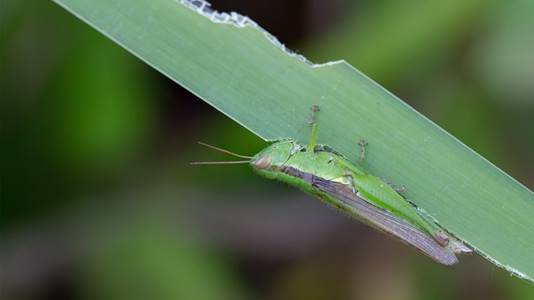
Grasshoppers
eat grass and other plants to get the necessary matter and energy to survive.
© Jitti Thammajinda/Dreamstime.com
Lesson
Summary
In this lesson, you will learn about two ways
of showing how living things get the matter and energy they need. Food chains show the movement of matter
and energy from producers to consumers in an ecosystem, but they can show only
one kind of food in each part of the chain. Food webs show how the food chains in an ecosystem are connected.
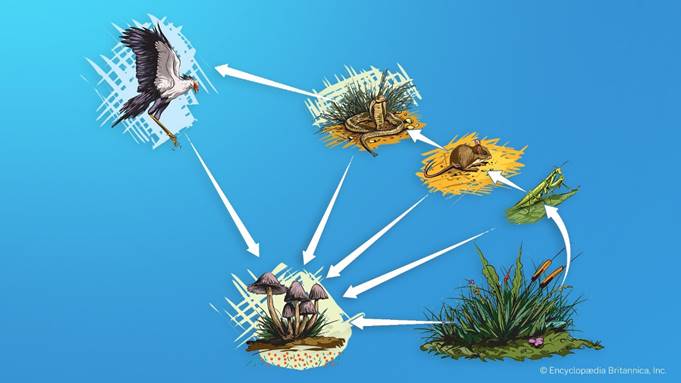
Think
about how energy and matter move through this ecosystem.
© Lukaves/Dreamstime.com; Photo illustration Encyclopædia
Britannica, Inc.
Key Concepts
1.
Food chains depict the transfer of matter and energy from
producers to consumers within an ecosystem.
2.
Food webs consist of numerous interconnected food chains,
illustrating the complex relationships among producers and consumers and their
interdependencies for energy and matter.
3.
All living things in an ecosystem are connected through food
chains and food webs.
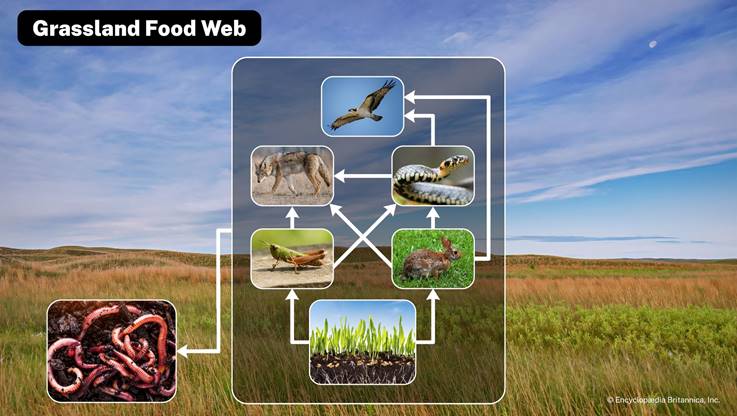
This
food web shows that many living things can get the matter and energy they need
by eating more than one thing.
Encyclopædia
Britannica, Inc.
Background
In an ecosystem, matter and energy keep all
living things alive. Food chains are like maps showing how energy and matter
are passed from plants to animals. Plants, called producers, use sunlight to
make food through a process called photosynthesis. Animals called consumers,
eat plants or other animals to get energy. Each step in a food chain shows how
energy and matter are transferred from one living thing to another.
But ecosystems are more than just food chains.
They are made up of many interconnected relationships. Food webs help us
understand these connections better. A food web is like a big puzzle showing
how different food chains are linked. It helps us see how producers and
consumers depend on each other for energy and matter.
Food chains and food webs show us that
everything in an ecosystem is connected. Energy and matter travel through a
network of interactions, and each living thing has an important role.
Producers, like plants, take in sunlight and turn it into food. Consumers rely
on producers for their energy. Sometimes, consumers become food for other
consumers, showing how everything is connected.
Understanding these connections helps us see
how delicate and important ecosystems are. We must protect and care for these
relationships to keep ecosystems healthy and balanced.
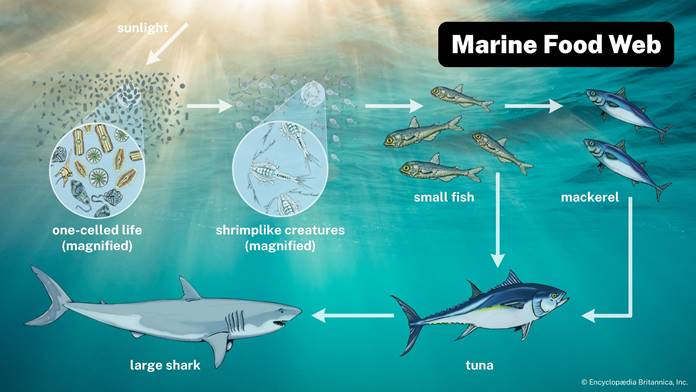
This
food web shows how matter and energy move through a marine ecosystem.
Encyclopædia
Britannica, Inc. Photo: © Diane Keough–Moment/Getty Images
Expedition
Learn
Click on the image to begin your unit.
